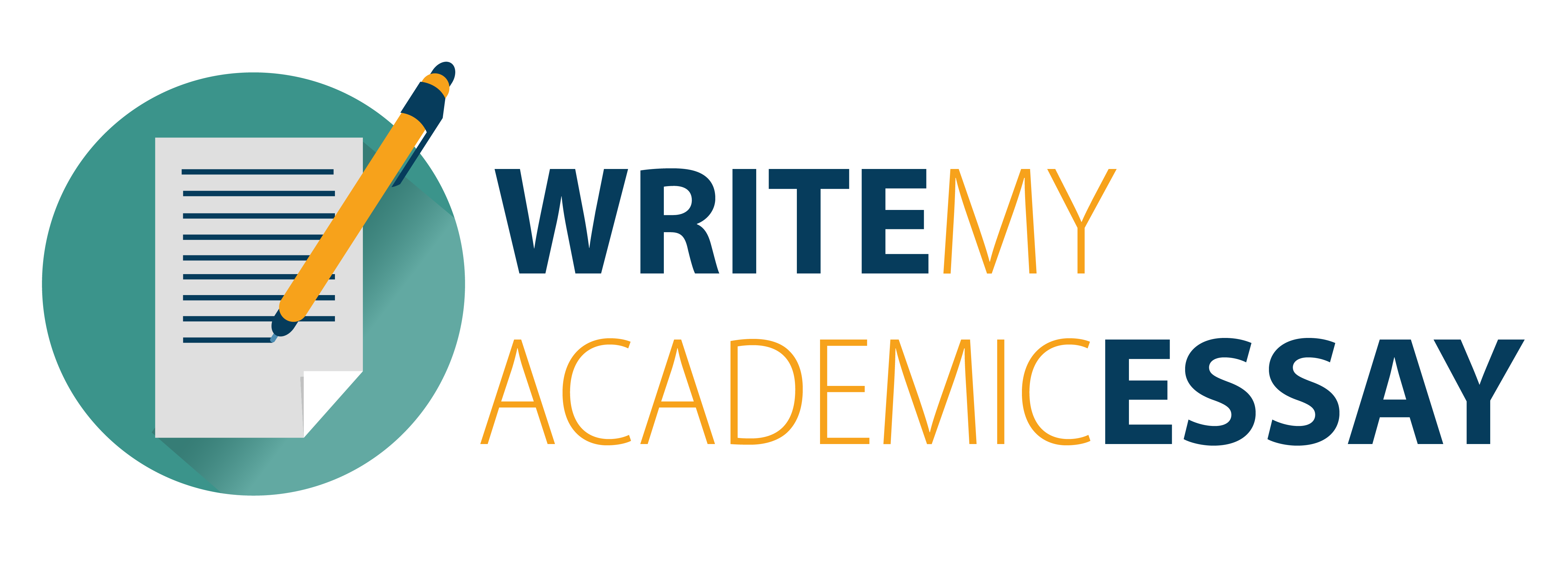QM2 Econometric Project
Order Description
(3 files will compose the project submission: the report, the data in STATA format and the STATA do file.)
As part of the course requirements you have to undertake an econometric
evaluation of an economic issue using data that you have gathered either
from the host of data sets now available on the web, or that you have
assembled yourself from data published in journals or in official sources.The data set must contain a minimum of 3 variables, (one dependent
variable and at least 2 right hand side variables to be added to a constant
term). You should concentrate on estimating a multiple (rather than simple)
regression model. You cannot use the data sets used in the problem sets or
lectures. You must find your own data (with 2 exceptions see below)
You should have a minimum of 50 observations in your regressions.
Anything less will be penalised heavily.
The model should be a causal one, (ie the right hand side variables should
explain the dependent variable, not the other way round). This also means, for
example, that you should not estimate identities like a national accounts
model of the form Y=C+I+G+(X-M). This is an accounting identity and so the
coefficients shouldn’t be anything other than one, barring measurement error).
The econometric results should include a thorough statistical evaluation using
the full range of (relevant) diagnostic tests highlighted during the course. Do
not use tests just for the sake of it. There are no marks to be gained by doing
countless irrelevant tests. Only use tests that are relevant to the type of data
and economic relationship you are trying to estimate. (For the purposes of the
project assume that a sample of 50 or more observations is enough to make
any asymptotic tests valid).
In order for the project to be marked at all, you must also provide a disk or
USB containing i) the data you have used ii) the Stata output log containing
your regression output (any output – including graphs – generated using any
other package will be penalised) and iii) a copy of the project
Do NOT use a package other than Stata to do the project. Do NOT use Stata
commands unless they were covered in the course. This can often cause
confusion that this is your own work. Nor is it necessary. The project is a
demonstration that you understand and can implement the (relevant)
techniques/tests covered in the course. This includes mastering and
understanding relevant Stata commands.
You should aim for a maximum of 2,500 words or around 8 pages of text, 2
to 3 tables of results and 2 or 3 figures (not including the log file)Please
provide a word count on your cover page.
Project Objectives
The idea is to choose an economic issue which you find interesting, outline a
theory and a set of testable hypotheses that follow on from that. Then test the
theory empirically using the tools you have learned during this term’s course.
The dissertation should read something like a typical article that you would
find in a (non-technical) academic journal like the Journal of Economic
Perspectives or the May Papers & Proceedings volumes of the American
Economic Review, (the collection of back issues are in the library).
Choosing a Topic
The most important thing is to choose a project that is feasible, that can be
finished within one month from start to finish and still allow you time to work
on your other subjects. This means confining your topic to a simple issue.
Also it is a good idea to choose a topic that you are interested in, rather than
one you fell you ought to do. The more you are interested the easier the
project will be. Do not write the theoretical part of your project until you know
you have data that can be used to test your hypotheses.
One good way to find a topic to study is to read the economic pages of the
broadsheet newspapers and/or academic articles summarised in overview
journals like the
Journal of Economic Perspectives
or
Journal of Economic Literature
both of which are in the library. In addition there are specialist journals, (and
therefore more technical), such as the
American Economic Review, Economic Journal, Quarterly Journal of
Economics, Journal of Labor Economics, Journal of Industrial
Economics, Journal of Development Economics, Journal of Finance
which should all be good sources of current issues concerning academic
economist

